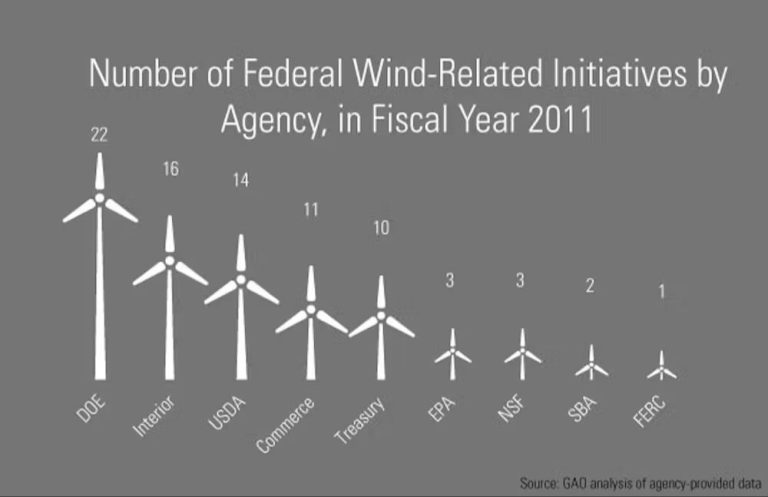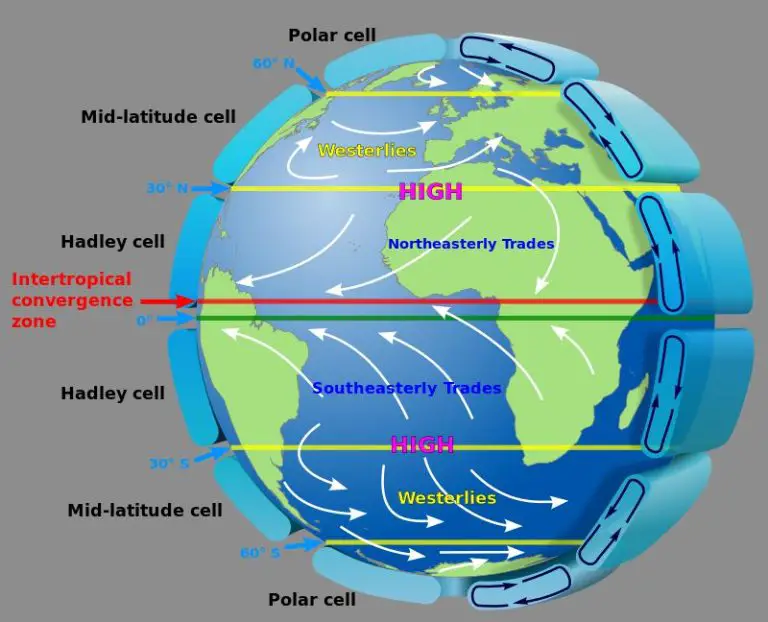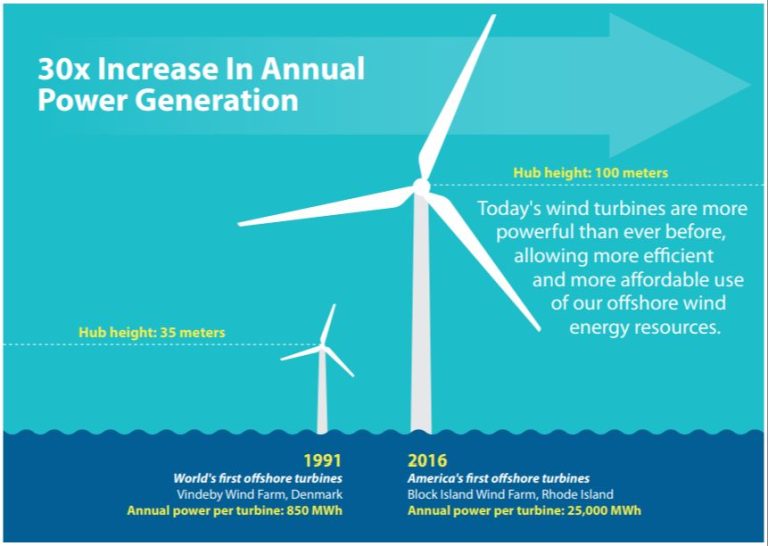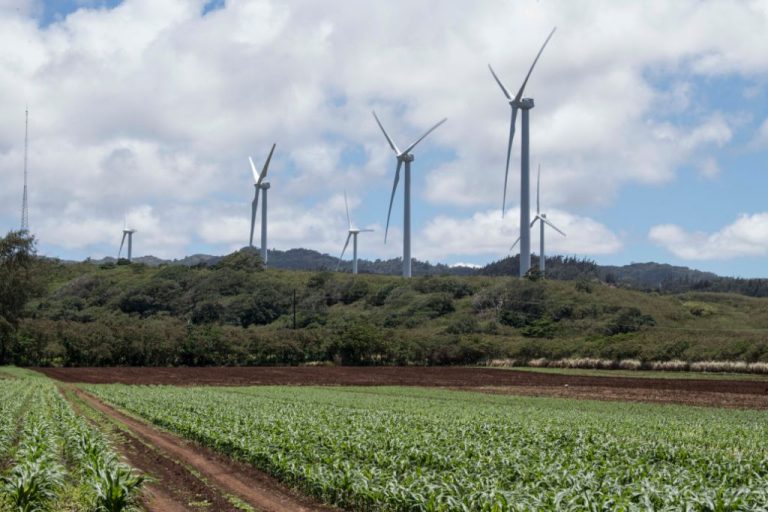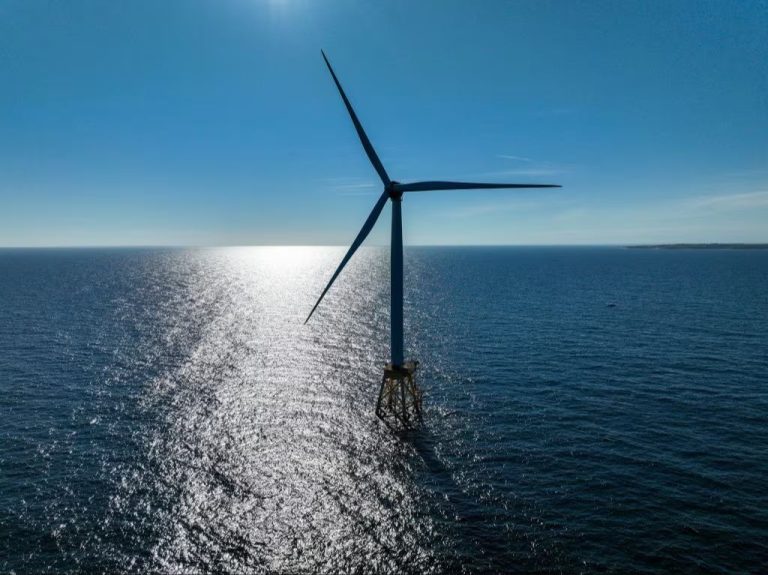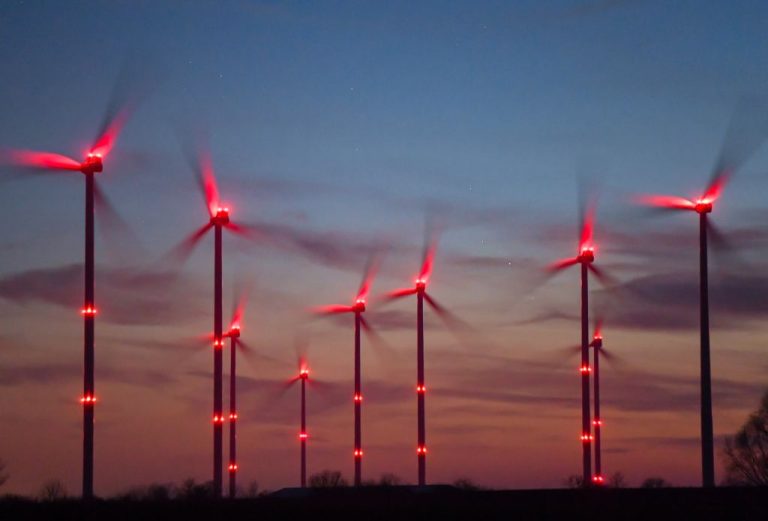Does Louisiana Use Wind Power?
Wind power has emerged as one of the fastest growing renewable energy sources in the United States over the past decade. As of 2022, wind energy provided over 9% of total electricity generation in the country. The wind industry has seen rapid growth, with total installed capacity rising from 25 gigawatts in 2000 to over 122 gigawatts today. Major wind farms can now be found in 41 states.
With its coastal access to strong onshore and offshore winds, Louisiana has significant potential to harness wind energy. However, wind power currently plays a very small role in the state’s energy portfolio. This article examines the current status of wind energy in Louisiana, and the opportunities and challenges for further wind power development in the state.
Louisiana’s Wind Resources
Louisiana has moderate wind resources that could support wind energy development. The state’s average wind speeds range from 4.5-8.5 meters per second at 30 meter hub heights, which is sufficient for utility-scale wind projects. The strongest wind resources are located in northern Louisiana and along the coast of the Gulf of Mexico.
Areas like Bossier and Caddo Parishes, as well as Calcasieu and Cameron Parishes have Class 4 winds, which are suitable for most utility-scale wind turbines. The flat terrain in these regions also makes them conducive for larger wind farms. Louisiana’s coastal regions offer consistent wind speeds, as winds are accelerated over the open waters of the Gulf of Mexico.
Overall, Louisiana’s topography and access to consistent onshore and offshore winds make it well-suited for wind energy development. With the right policies and investments, the state could tap into its wind resources to generate clean, renewable power.
Existing Wind Farms in Louisiana
Although wind power is still relatively new in Louisiana, there are a handful of utility-scale wind farms currently operating in the state:
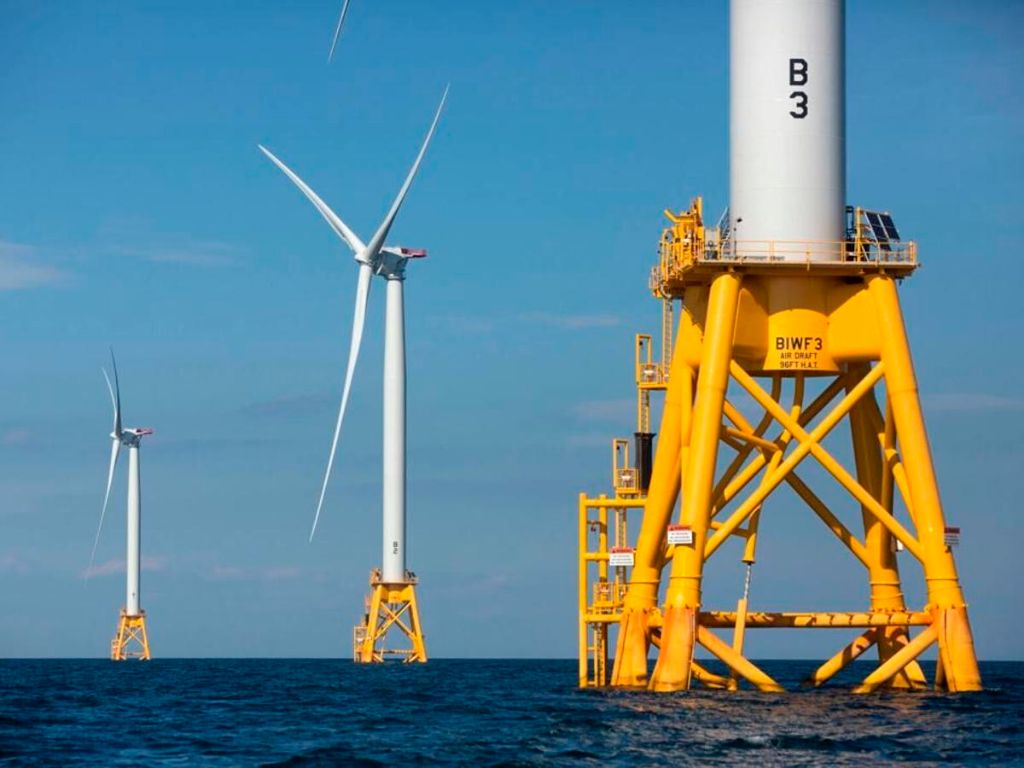
- South Plains Wind Farm – Located in DeSoto Parish, this 50 megawatt wind farm first began operating in 2020. It is owned and operated by EDF Renewables and consists of 14 turbines.
- Rocky Branch Wind Farm – This is a 205 megawatt wind farm located in southern Claiborne Parish and owned by Engie. It became operational in 2015 and has 61 turbines.
- Spinning Spur 3 Wind Farm – Owned by EDP Renewables, this wind farm is located in Catahoula Parish and consists of 50 turbines with a total capacity of 150 megawatts. It opened in 2020.
- Little Prairie Wind Farm – Located in Vermilion Parish, this 25 megawatt wind farm has been in operation since 2012. It is owned by Apex Clean Energy and has 10 turbines.
These existing wind farms demonstrate that utility-scale wind power is viable in Louisiana. With a total capacity of around 430 megawatts from these 4 farms, they represent the initial wave of wind energy projects in the state.
Wind Energy Production in Louisiana
Wind energy currently plays a small but growing role in Louisiana’s electricity production. As of 2022, Louisiana had just 2 wind power plants in operation with a total installed capacity of 204 megawatts (MW). These wind farms generate enough electricity to power over 60,000 homes annually. In 2021, wind power accounted for 0.5% of Louisiana’s net electricity generation.
While starting from a low base, wind power generation in Louisiana has grown rapidly in recent years. The state’s first utility-scale wind farm, the 50 MW Lake Charles Renewable Energy Park, opened in 2020. This was followed in 2021 by the opening of the 154 MW Betty Wind Farm. Wind energy production increased more than twelve-fold between 2020 and 2021 as a result of these new wind farm additions.
Louisiana’s onshore wind power potential is estimated at 17,800 MW, suggesting the state is tapping into just a fraction of its available resources. With new investments driven by utility procurement and favorable market conditions, wind energy production in Louisiana appears poised for further expansion in the years ahead.
Economic Benefits of Wind Power
Wind energy projects can provide significant economic benefits for local communities and the state of Louisiana. Some of the key economic advantages of wind power development in Louisiana include:
Jobs – Constructing wind farms requires hiring hundreds of temporary workers, and operating them long-term employs technicians, managers, and other personnel. This creates good-paying jobs in rural areas. According to the American Wind Energy Association, a typical 250 MW wind farm creates 1,079 full-time jobs over its lifetime.
Local Revenue – Local governments and landowners earn revenue through permit fees, property taxes, and land lease payments from wind projects. One estimate found that a 250 MW wind farm can generate $300,000 to $600,000 in annual property tax revenue which helps fund local schools, infrastructure, and services.
Taxes – Wind projects expand the tax base, generating state sales taxes and income taxes. Louisiana collects severance tax based on the value of power produced, providing revenue to the state.
Land Lease Payments – Wind companies compensate landowners who host turbines on their properties. Typical lease payments range from $3,000 to over $10,000 per turbine per year, delivering financial benefits for ranchers and farmers.
Wind Power Potential
Louisiana has significant potential for expanding wind energy production in the coming years. The state has strong wind resources, especially in northern regions. According to estimates from the National Renewable Energy Laboratory (NREL), Louisiana has the potential to install over 20 gigawatts of wind power capacity.
As the cost of wind power continues to decline, wind energy is becoming more economically viable in Louisiana. There is growing demand for renewable energy among major corporate and industrial electricity customers in the state. This creates a promising market for new wind projects.
Supportive government policies will be important for realizing Louisiana’s wind power potential. The state currently lacks a Renewable Portfolio Standard or other strong policy mechanisms to incentivize renewable energy growth. However, recent commitments to climate action and clean energy targets by the administration of Governor John Bel Edwards suggest political momentum may be building.
With its excellent wind resources, expanding electricity demand, and possibility of new supportive policies, Louisiana appears well-positioned to significantly grow its wind power capacity over the next 5-10 years. However, realizing this potential will require concerted efforts by policymakers, the wind industry, utilities, and other stakeholders.
Challenges for Wind Power
Louisiana faces several challenges when it comes to expanding wind power generation. One major obstacle is cost. Constructing new wind farms requires significant upfront capital investment. Turbines, transmission lines, and other infrastructure are expensive to build. This can make wind power less financially viable, especially when competing with Louisiana’s abundant and low-cost natural gas.
Regulations also pose barriers. Siting and permitting new wind projects involves navigating complex regulatory requirements at multiple levels of government. Wind farms must undergo extensive environmental impact reviews. Local zoning laws may restrict wind tower heights and locations. These processes can stall development and make projects costlier.
Some environmental groups have raised concerns about wind turbines’ impacts on wildlife, habitats, and natural areas. There are worries about birds and bats colliding with turbine blades, noise pollution, aesthetic issues in scenic areas, and fragmentation of sensitive ecosystems. Addressing these community concerns presents challenges.
The variability of wind also affects integration into Louisiana’s electricity grid. Wind power output changes with weather conditions, so it requires backup capacity from other sources. Upgrading transmission lines to handle this intermittent power involves further expenses.
Overcoming these obstacles will be key to unlocking Louisiana’s wind energy potential. But the challenges highlight the complexities in significantly expanding wind generation capacity.
Government Policy
Louisiana has implemented some policies and incentives to support wind power development in the state. At the state level, Louisiana offers a tax exemption for the sales and use tax on manufacturing machinery and equipment for alternative energy sources like wind turbines. There are also property tax incentives that allow parishes and municipalities to offer property tax exemptions for up to 10 years on alternative energy systems.
On the regulatory side, in 2010 Louisiana established a Renewable Energy Pilot Program to help streamline the regulatory process for small renewable energy projects like wind farms. This program sets up a faster permitting process through the Louisiana Department of Natural Resources.
There are no renewable portfolio standards or other statewide mandates for utilities to procure renewable energy in Louisiana currently. Some advocates have called for implementing stronger policy measures to incentivize wind and other renewable energy development.
At the federal level, wind projects can benefit from tax credits, accelerated depreciation, and other incentives offered for renewable energy generation. However, uncertainty around the extension of federal tax credits has created some challenges for long-term wind energy investment in Louisiana and other states.
Public and Industry Support
There is growing support among Louisiana residents for expanding wind power in the state. Many see it as a way to boost the economy, create new jobs, and increase energy independence. According to a 2021 poll by the University of New Orleans, over 70% of Louisiana residents are in favor of building more wind farms in the state. This represents a significant increase in public support compared to a decade ago.
Industry and advocacy groups are also pushing for more wind development in Louisiana. The American Wind Energy Association has an active Louisiana chapter that promotes the benefits of wind. Local chambers of commerce, tourism boards, and economic development organizations also favor increased wind energy production for its economic impact. Some major employers, like Entergy Louisiana, have announced long-term plans to integrate more wind into their energy mix based on its cost savings.
Overall, public opinion and industry stakeholders are aligned in viewing wind energy as a largely beneficial opportunity for Louisiana’s economy and environment. With the right policies and incentives, wind power has the potential to expand significantly across the state in the years ahead.
Conclusion
In summary, Louisiana currently has limited wind power capacity but significant untapped potential. The state’s best wind resources are offshore in the Gulf of Mexico and onshore in the northwestern prairies. Existing wind farms like the Lake Charles Wind Project and Sugarland Wind Project demonstrate that wind power is viable but still underutilized in Louisiana.
While wind power brings economic benefits like investment, job creation, lease payments, and tax revenue, Louisiana lags behind national averages for wind energy production. Challenges remaining include transmission constraints, geographic limitations, public perceptions, and regulatory policy.
With supportive government incentives and private investment, Louisiana could further develop its wind energy resources. New offshore leases, grid improvements, and community engagement can enable the state to harvest more homegrown, renewable wind power. The future outlook depends on stakeholders recognizing and capturing the substantial untapped potential.

